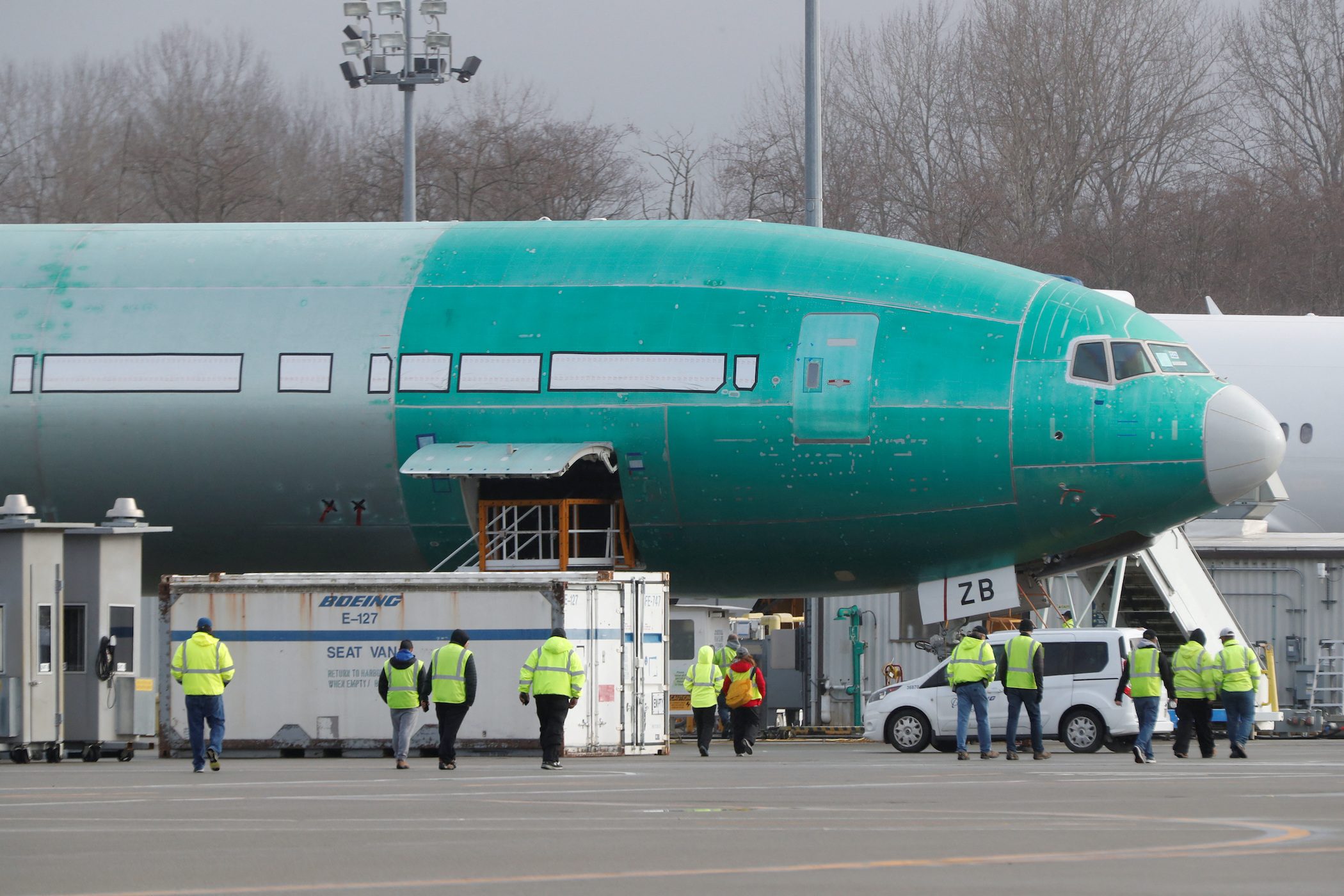SUMMARY
This is AI generated summarization, which may have errors. For context, always refer to the full article.

WASHINGTON, USA – New orders for US-manufactured capital goods increased in July, but the pace slowed from the prior month, suggesting a moderate rebound in business spending this quarter.
The report from the Department of Commerce on Wednesday, August 24, also showed solid gains in shipments of these goods. While part of the rise was because businesses are spending more due to higher prices, the data was another sign that the economy continues to grow at a slow pace and was not in recession.
“The absence of a sustained decline in orders suggests that businesses are still investing despite tighter financial market conditions, a drop in sentiment, and worries about a recession,” said Ryan Sweet, a senior economist at Moody’s Analytics in West Chester, Pennsylvania.
Orders for non-defense capital goods excluding aircraft, a closely watched proxy for business spending plans, rose 0.4% last month. Data for June was revised higher to show these so-called core capital goods orders advancing 0.9% instead of 0.7% as previously reported. Economists polled by Reuters had forecast core capital goods orders would increase 0.3%.
The report added to data on retail sales, industrial production, and the labor market in underscoring the economy’s resilience. Orders are slowing as the Federal Reserve’s aggressive monetary policy campaign to fight inflation dampens demand. Fed Chair Jerome Powell’s address on Friday, August 26, at the annual Jackson Hole global central banking conference in Wyoming could shed more light on whether the US central bank can engineer an economic slowdown without triggering a recession.
Manufacturing, which accounts for 11.9% of the economy, remains supported by still-low inventories of long-lasting manufactured goods like motor vehicles.
There were increases in orders of machinery, fabricated metal products, as well as computers and electronic products in July. But orders for electrical equipment, appliances, and components fell as did those for primary metals.
Stocks on Wall Street were trading higher. The dollar was largely unchanged against a basket of currencies. US Treasury prices fell.
Muddled picture
Core capital goods shipments climbed 0.7% after advancing 0.8% in June. Core capital goods shipments are used to calculate equipment spending in the gross domestic product (GDP) measurement.
Higher prices are making it harder to get a clean read of the equipment spending data, which is not adjusted for inflation. There is also uncertainty over which price index the government will use to adjust the data for inflation.
The producer price index for private capital equipment increased 0.5% in July which would imply that the inflation-adjusted core capital goods orders were negative last month. But shipments are running ahead of inflation, putting equipment spending on a moderate growth path early in the third quarter.
“Lower commodity prices suggest the potential for a lower equipment investment price index in the third quarter and consequently more of the nominal strength to work its way through to measured real growth,” said Andrew Hollenhorst, chief US economist at Citigroup in New York.
Business spending on equipment declined at a 2.7% annualized rate in the second quarter, the most in two years. That, together with a slower pace of inventory accumulation relative to the prior two quarters, helped to weigh down GDP. The economy contracted 1.3% in the first half of the year.
Orders for durable goods, items ranging from toasters to aircraft that are meant to last three years or more, were unchanged in July after increasing 2.2% in June.
They were restrained by a 0.7% decline in orders for transportation equipment. Orders for civilian aircraft soared 14.5%. They were, however, offset by a 49.8% plunge in orders for defense aircraft. Boeing reported on its website that it had received 130 aircraft orders compared to only 50 in June.
Orders for motor vehicles and parts rose 0.2% last month. Motor vehicle production remains constrained by a global semiconductor chip shortage. Durable goods shipments rose 0.4% after increasing 0.3% in June. Unfilled durable goods orders advanced 0.7%, while inventories gained 0.2%.
“Measuring inventories is particularly difficult in inflationary times, but the inventory-to-sales ratio as reported has not increased over the last year and supports the view that inventories remain tight,” said Conrad DeQuadros, senior economic advisor at Brean Capital in New York.
While manufacturing is hanging on, the stiffest run of interest rate increases since the 1980s is having a significant impact on the housing market. In a separate report on Wednesday, the National Association of Realtors reported that its Pending Home Sales Index, based on signed contracts, dropped 1% to 89.8 last month, the lowest level since April 2020. Contracts have declined in eight of the last nine months.
But, with house prices still elevated as affordable homes remain scarce, a housing market collapse is unlikely.
“We are not at risk of a housing crash, conditions are nothing like what the market experienced during the last housing crisis,” said Nicole Bachaud, a senior economist at Zillow in Seattle. “We should not confuse the inability to buy a home with a lack of desire to buy.” – Rappler.com
Add a comment
How does this make you feel?

![[OPINION] A rebellion long overdue](https://www.rappler.com/tachyon/2024/06/mass-uprising-matrix-june-4-2024.jpg?resize=257%2C257&crop_strategy=attention)








There are no comments yet. Add your comment to start the conversation.